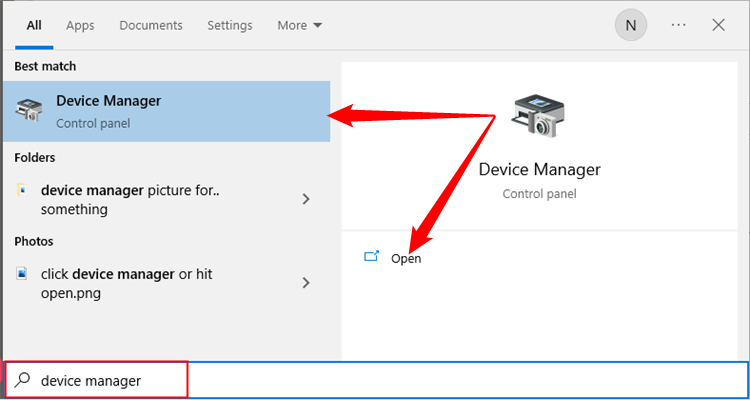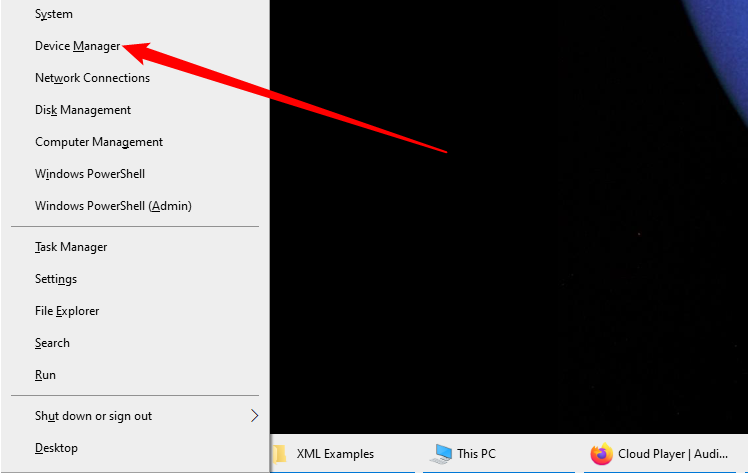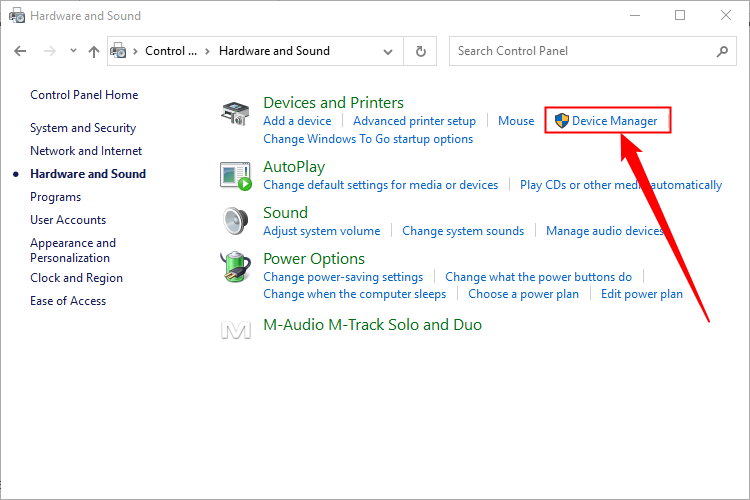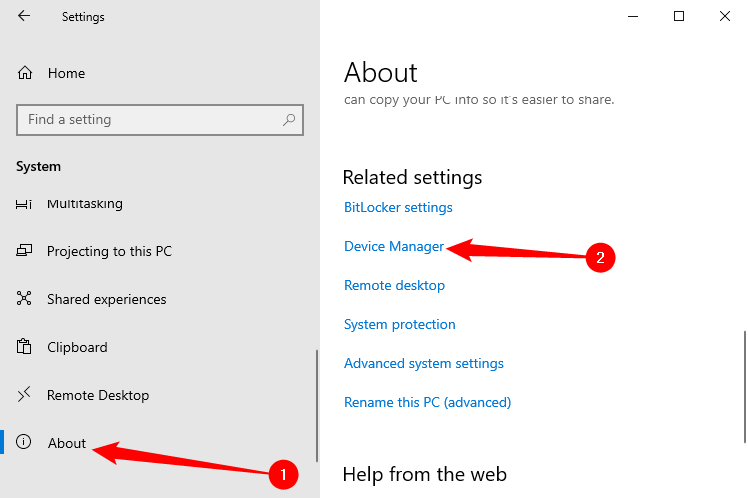Key Takeaways
- Quickly access Device Manager by searching for it in the Start Menu or using the “Power User” menu with Windows+X or right-clicking the Start button.
- You can also open Device Manager through Control Panel or by using a Run Command in the “Run” window.
- If you prefer using Windows Settings, you can navigate to System > About and click on “Device Manager” to open it.
In Windows 10, Device Manager is an essential utility that helps you configure or troubleshoot hardware on your PC. Here are five ways to open Device Manager when you need it. These aren’t the only ways to do it, but one of these methods is likely to come in handy.
One of the quickest ways to open Device Manger is by using the Start menu. Open the Start Menu and type “device manager,” then click the “Device Manager” icon that appears in the results. Device Manager will open instantly.
Windows 10 includes a hidden “Power User” menu that few people know about that includes shortcuts to essential computer management utilities. If you press Windows+X on your keyboard or right-click the “Start” button, the menu will appear. Select “Device Manager” from the list.
To open the Device Manager even more quickly, press Windows+X, then tap the “M” key.
Open Device Manager Using Control Panel
Device Manager is also accessible in Control Panel. First, open Control Panel by clicking the Start Menu, typing “control panel,” and clicking the “Control Panel” icon.
In Control Panel, click the “Hardware and Sound” category, then select “Device Manager.”
Open Device Manager with a Run Command
You can also open Device Manager through a Command Prompt or the “Run” window. First, press Windows+R to open a “Run” window. In the “Open:” text box, type devmgmt.msc and then click “OK.” Device Manager will appear.
Open Device Manager in Windows Settings
If you’d like to open Device Manager using Windows Settings, you can do that, too. First, open “Settings” by clicking the gear icon in the Start menU or by pressing Windows+I.
In Settings, navigate to System > About, then scroll down and click “Device Manager.” You can also search for “Device Manager” within “Settings,” then click the link that appears.
The Device Manager can be used to enable or disable hardware devices or fetch driver updates. It isn’t ideal if you want to get information about your PC’s hardware, though — for that, you want the System Information utility.









